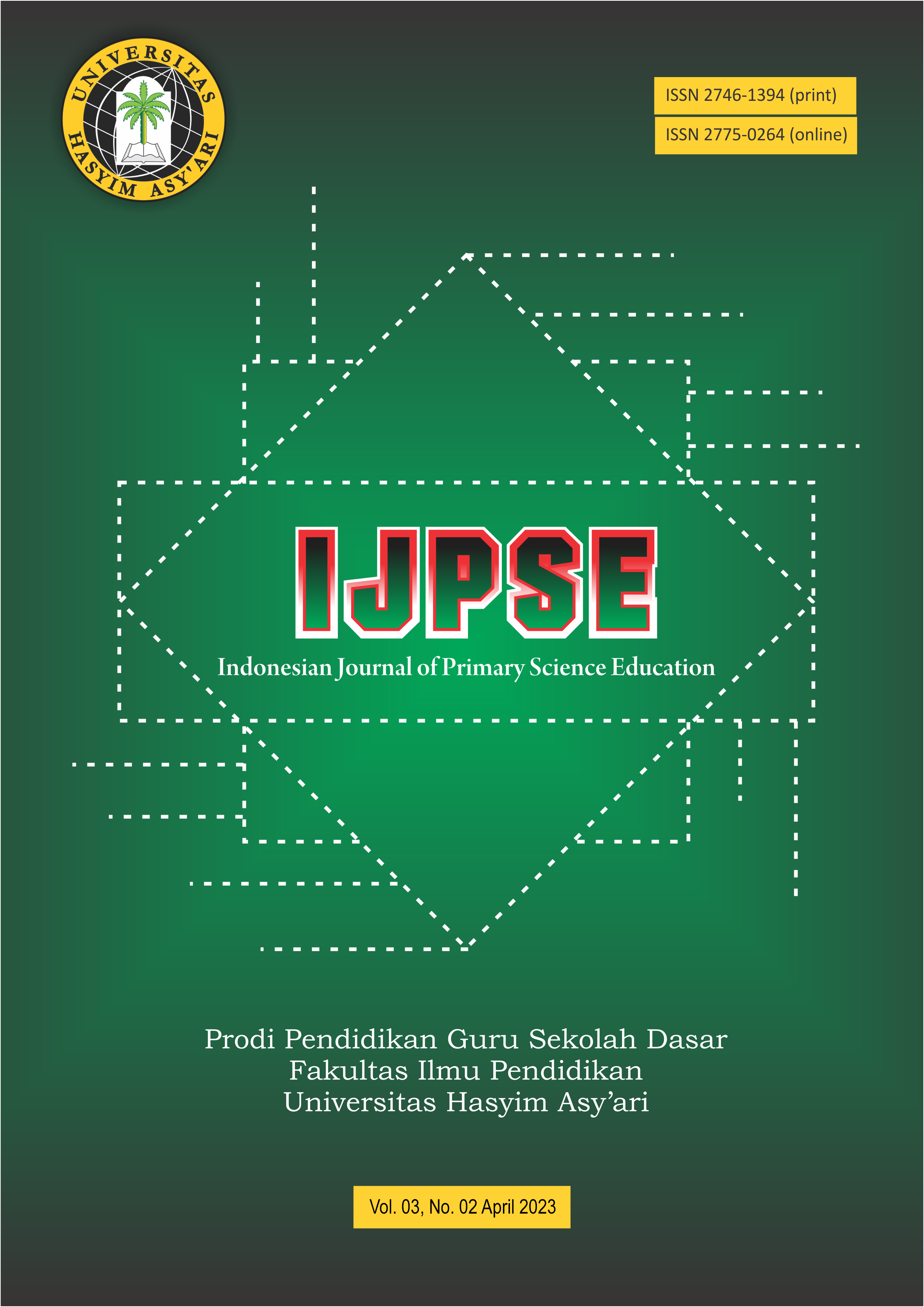The Influence Of Puzzle Board Media On The Learning Outcomes Of 2nd Grade of SDIT Darul Falah
DOI:
https://doi.org/10.33752/ijpse.v3i2.2891Keywords:
Puzzle Board, Learning OutcomesAbstract
The study aims to determine the effect of puzzle board learning media on the learning outcomes of second grade students at SDIT Darul Falah on the material of practicing the Pancasila Precepts. The background of this research is because there are still some teachers in explaining the material without using learning media supporting tools that have an impact on students' understanding and learning outcomes that are far from KKM. This research method is Pre-Experimental Design research with One Group Pre-Test Post-Test design, which only involves one class. The purpose of this study was to determine student learning outcomes before and after using puzzle board media in second grade students of SDIT Darul Falah. The sample in this study were second grade B students, totaling 21 students. Data collection techniques used are observation, tests, and documentation. The research instrument is a test. Analysis test can be done by t-test by measuring the normality test first. Based on the results of the analysis, it can be seen that the table paired sample test on student learning outcomes can be seen that the value of sig = 0.000 <0.05. This proves that the puzzle board learning media can affect student learning outcomes in the material for practicing the Pancasila Precepts at SDIT Darul Falah. So, it can be concluded that this puzzle board media can be a solution in binding learning outcomes, especially in the material for practicing the Pancasila Precepts.









